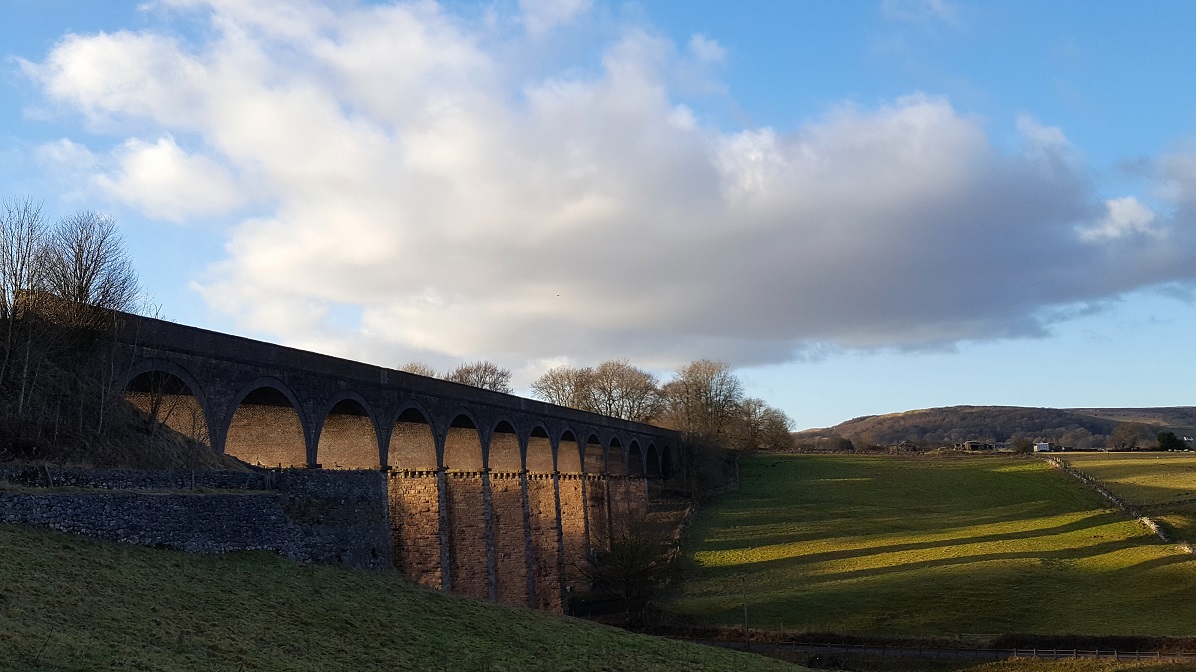Staden, Derbyshire on:
[Wikipedia]
[Google]
[Amazon]
Staden is a small hamlet (of just a few buildings) on the southern outskirts of
by the Environment Agency. Staden is one mile south of the Roman town of
Buxton
Buxton is a spa town in the Borough of High Peak, Derbyshire, England. It is England's highest market town, sited at some above sea level.Derbyshire
Derbyshire ( ) is a ceremonial county in the East Midlands, England. It includes much of the Peak District National Park, the southern end of the Pennine range of hills and part of the National Forest. It borders Greater Manchester to the nor ...
, lying between Harpur Hill
Harpur Hill is a small village on the outskirts of Buxton, Derbyshire, England. It is in the Cote Heath ward of the High Peak Borough Council. It has a primary school, a park, a pub, a working men's club and a Methodist church.
From 1938 to 196 ...
and Cowdale. It was occupied in Neolithic
The Neolithic period, or New Stone Age, is an Old World archaeological period and the final division of the Stone Age. It saw the Neolithic Revolution, a wide-ranging set of developments that appear to have arisen independently in several p ...
, Roman
Roman or Romans most often refers to:
*Rome, the capital city of Italy
*Ancient Rome, Roman civilization from 8th century BC to 5th century AD
*Roman people, the people of ancient Rome
*'' Epistle to the Romans'', shortened to ''Romans'', a lette ...
and medieval
In the history of Europe, the Middle Ages or medieval period lasted approximately from the late 5th to the late 15th centuries, similar to the post-classical period of global history. It began with the fall of the Western Roman Empire ...
times. Staden is close to the limestone hilltop of Staden Low whose summit is above sea level.
Staden Low prehistoric earthwork is in a field on the western side of Staden Low hill. It is in the form of a slightly raised circular bank (over 50m across) with a smaller adjoining rectangular bank (which is a unique enclosure feature of British henges). Neolithic artefacts were discovered during excavations in 1926 by Mr R. Woolescroft, including a polished stone axe head and many fragments of knapped flint. Further excavations by Dr G. Makepeace in the 1980s uncovered Neolithic pottery sherds and pieces of deer antlers. The finds are on display in Buxton Museum. The site is a protected Scheduled Monument
In the United Kingdom, a scheduled monument is a nationally important archaeological site or historic building, given protection against unauthorised change.
The various pieces of legislation that legally protect heritage assets from damage and d ...
.Aerial LIDAR image of Staden Enclosureby the Environment Agency. Staden is one mile south of the Roman town of
Aquae Arnemetiae
Aquae Arnemetiae was a small town in the Roman province of Britannia. The settlement was based around its natural warm springs. Today it is the town of Buxton, Derbyshire in England.
Aquae Arnemetiae means 'Waters of Arnemetia'. Arnemetia wa ...
(Roman Buxton) and there was a Roman farm at Staden (around the present Colt Croft Farm). The fields around Staden have rich volcanic soils for farming. Excavations by Dr Makepeace in the 1980s found the platforms of several buildings, walls, field enclosure banks, quern
Quern ( da, Kværn) is a former municipality in the district of Schleswig-Flensburg, in Schleswig-Holstein, Germany
Germany,, officially the Federal Republic of Germany, is a country in Central Europe. It is the second most populo ...
grinding stones, pottery, animal bones and jewellery. The potter's stamp of Sepuminus dates the pottery to 100–130 AD. A hypocaust
A hypocaust ( la, hypocaustum) is a system of central heating in a building that produces and circulates hot air below the floor of a room, and may also warm the walls with a series of pipes through which the hot air passes. This air can warm th ...
tile found in the farm house demonstrates that it had an underfloor heating system. The stone platform of a 12th-century medieval longhouse (22m long) was also identified at the same site in 1989. Documents record Staden as a farming settlement in 1101 AD.
There are the remains of an old quarry and lime kiln immediately south of the hilltop.
In 1896 Buxton Cemetery on Ashbourne Road was consecrated on 12 acres of land on Staden Moor. The gothic-style cemetery building (with a central archway and a mortuary chapel on either side), the caretaker's house and the registrar's office were designed by the town surveyor Joseph Hague. The tombstone of the Buxton archaeologist Micah Salt from 1915 is a replica of the Anglo-Saxon cross in Eyam cemetery and it is a Grade II listed structure.
The new Buxton fire station and rescue centre (opened in 2011) and Staden industrial estate are on the A515 road
The A515 is a primary route in England, which runs from Lichfield in Staffordshire to Buxton in Derbyshire.
Route
The A515 begins off the A51 road just outside Lichfield. It crosses the Trent and Mersey Canal and passes through the villag ...
past the cemetery. Buxton Brewery was established in 2009 and is based on Staden Lane.
The Midshires Way
The Midshires Way is a long-distance footpath and bridleway that runs for from the Chiltern Hills from near Bledlow in Buckinghamshire, through the Midlands counties of Northamptonshire, Leicestershire, Nottinghamshire and Derbyshire, to Sto ...
and the Peak District Boundary Walk
The Peak District Boundary Walk is a circular walking trail, starting and finishing at Buxton and broadly following the boundary of the Peak District, Britain's first national park. The route was developed by the Friends of the Peak District (a ...
long-distance footpaths run along the same west–east route through Staden.{{Cite book, last=McCloy, first=Andrew, title=Peak District Boundary Walk: 190 Miles Around the Edge of the National Park, publisher=Friends of the Peak District, year=2017, isbn=978-1909461536

References